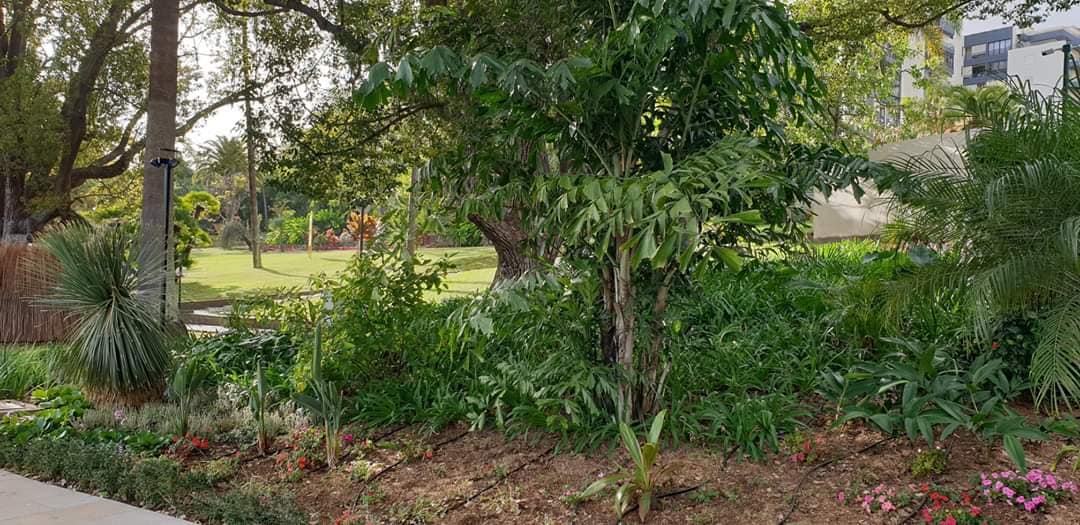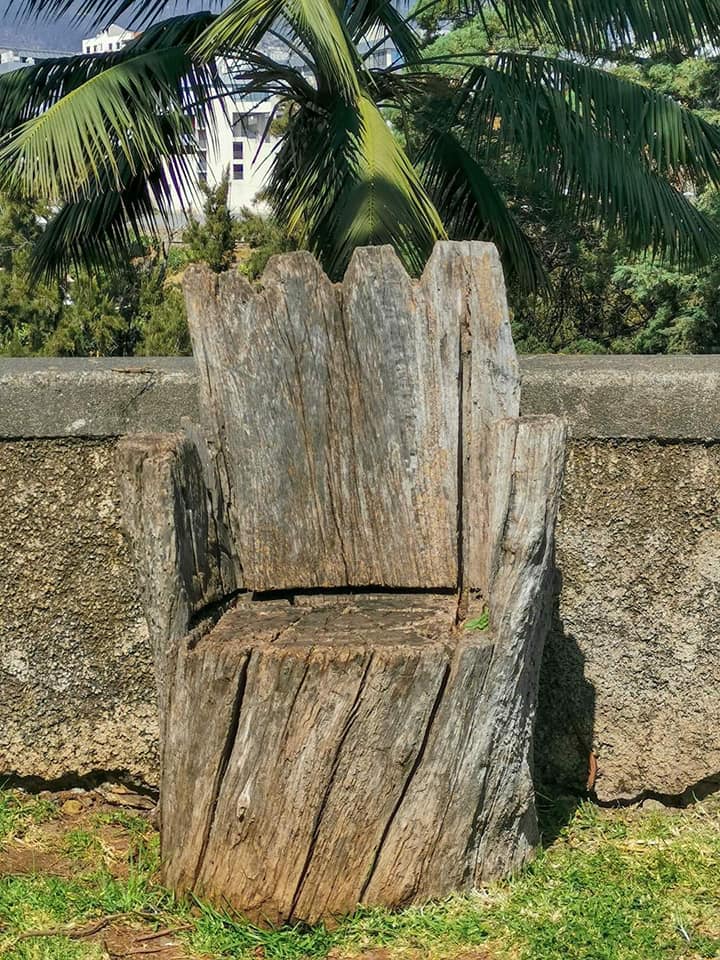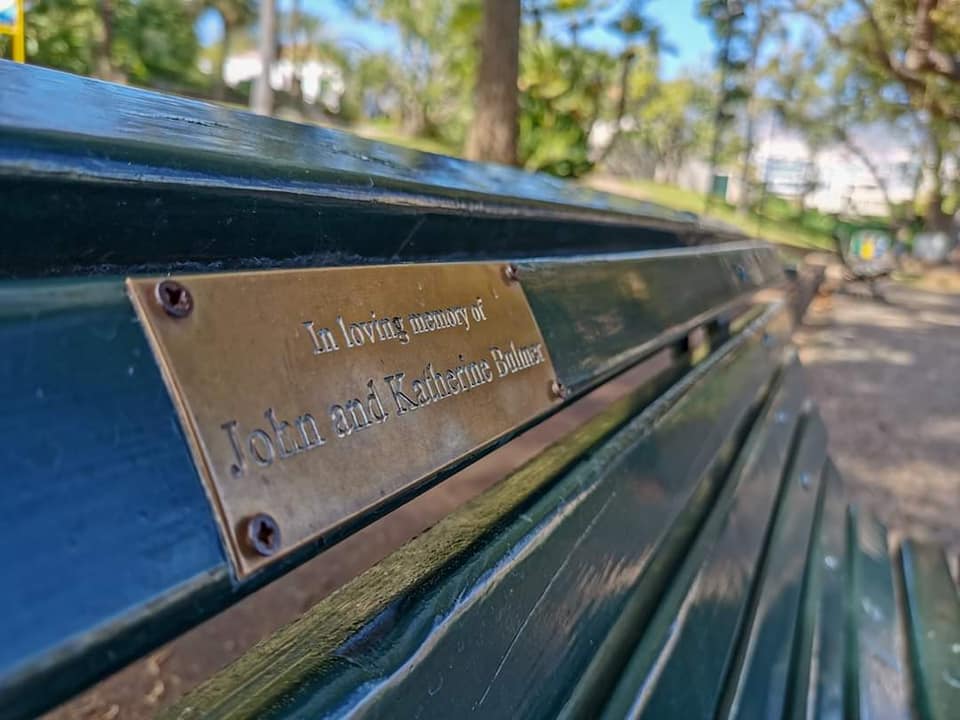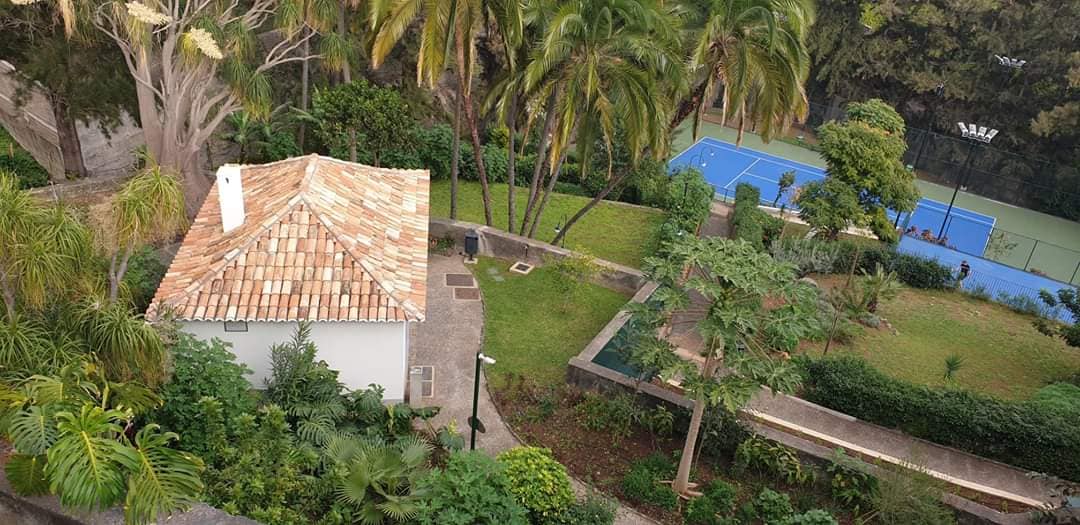The construction of the Quinta Magnólia was ordered in the first half of the 19th century by J. Howard March, a wealthy merchant from Funchal? Although he claimed to be English, March appears to have been born in the USA, and occasionally served as an American consul. A great philanthropist and benefactor, he contributed generously to various public companies, schools and charities and, despite being a Protestant, he was instrumental in rebuilding the Church in Santo da Serra and its large courtyard.
During his stay at the Quinta Magnólia, he dedicated himself to his hobby: gardening and cultivating exotic plants collected over the years. In 1851, the estate was acquired by an Englishman, Herbert Watney, who extended the property to Ribeiro Seco and hired an English landscape gardener to perfect and enrich the quality of the gardens. He hired an English landscape gardener to improve the quality of the gardens that displays some of the best palm trees, cycads and cacti in Funchal, a Magnolia grandiflora, located located at the gate, flanked by two giant eucalyptus trees, in addition to Japanese cedar and other trees. Other paths branch out through trees and flower beds towards tennis and croquet courts. There was an 18-hole golf course and lawns, at two different levels, extend as far as the eye can see. The entire landscape is a tribute to the inspired work of a talented horticulturist who dedicated his time and energy to creating something of great beauty.
In April 1931, the son of Dr. Watney Martin sold the property with an area that reached approximately 33,200 m2. Later, it passed into possession of Edmund Leacock, serving as a club during WWII whose secretary was Major Reginald G. A. Lloyd. He was followed by Mr. Ernest V. Boddis, an engineer at the Madeira Electric Light Company. The last person to occupy the position was Peta Leacock Oliveira. From the time of Major Lloyd, until the 1970s, the club proved to be a meeting place for the British Community and its Portuguese friends. The club house, a beige two-storey building with wooden floors and a handrail all around, is distinguished by its double balconies on the eastern side. The secretary’s office and other rooms were located upstairs, while downstairs, on one side, was a library, billiards table, table tennis and card room; on the other, the sitting room, with comfortable armchairs and a table full of English newspapers and magazines. The windows look out onto the balcony, patio, lawns and gardens. The club opened every day from 8:00 am to 8:30 pm; tea and coffee were served in the lounge, on the terrace or in the garden. On the lawn where croquet was played, a swimming pool was built in 1969.
The layout of the garden changed again when, in 1980, the Quinta Magnólia was acquired by the Regional Government and opened as a public park. The bushes and woods near the stream were cleared to make way for two new tennis and squash courts. Part of the lawn was occupied by slides and swings for children. Aviaries with parakeets, pheasants, geese and exotic blue peacocks were introduced and a small British School was introduced, with a full-time British-style education for Portuguese and foreign children.
In 1983, the club was transformed into a School of Hotel Management. The works were carried out by the architect Francisco Caires, who adapted the old building to its new function, taking into account the need for classrooms, food preparation, etc. The lounge was transformed into a restaurant and the old panelled bar was completely renovated, making it possible for students to have practical classes, with lunch and tea service. In 1990, the School of Hotel Management was transferred to another site.
The Civil Protection headquarters were also located at this former estate.
The existing library underwent a radical change, being incorporated into the Regional Directorate for Cultural Affairs and later becoming a library of foreign cultures transferred to the ABM. The Museum of Contemporary Art was provisionally installed at the Quinta Magnólia until 1992, when the collection of Contemporary Art moved to the Fortress of São Tiago, before being set up at Mudas – the Museum of Contemporary Art, in Calheta.
It reopened to the public, after extensive renovation works, in July 2019.
Ana Teresa Klut










